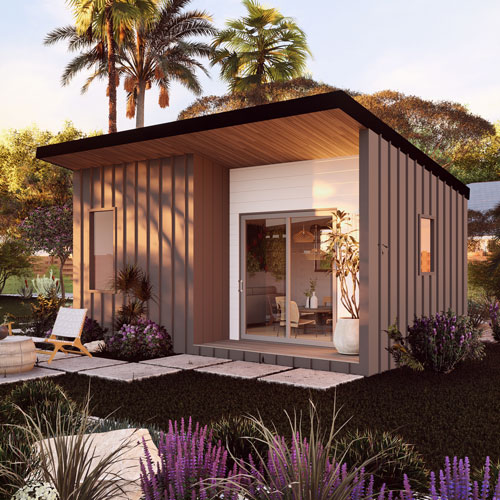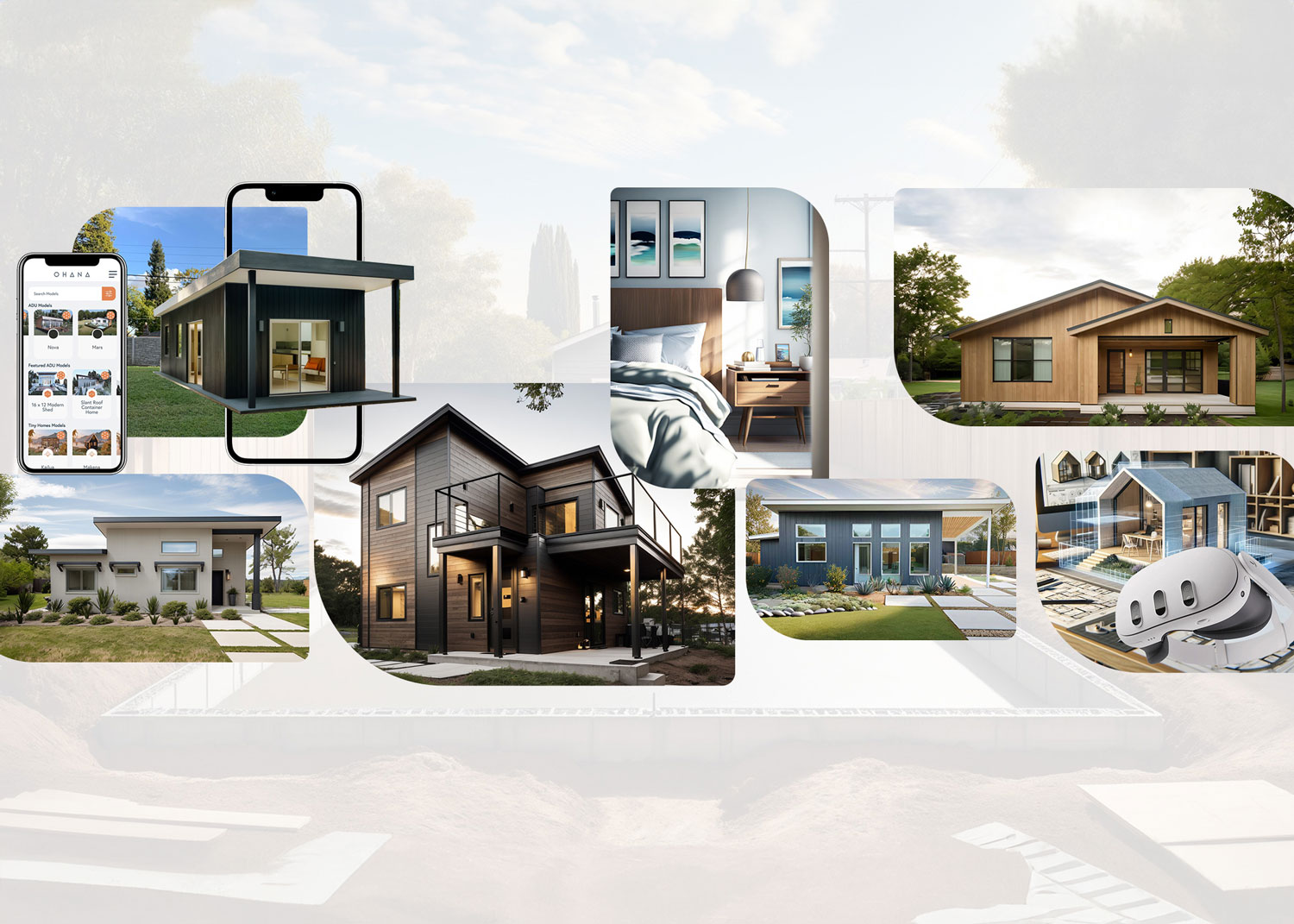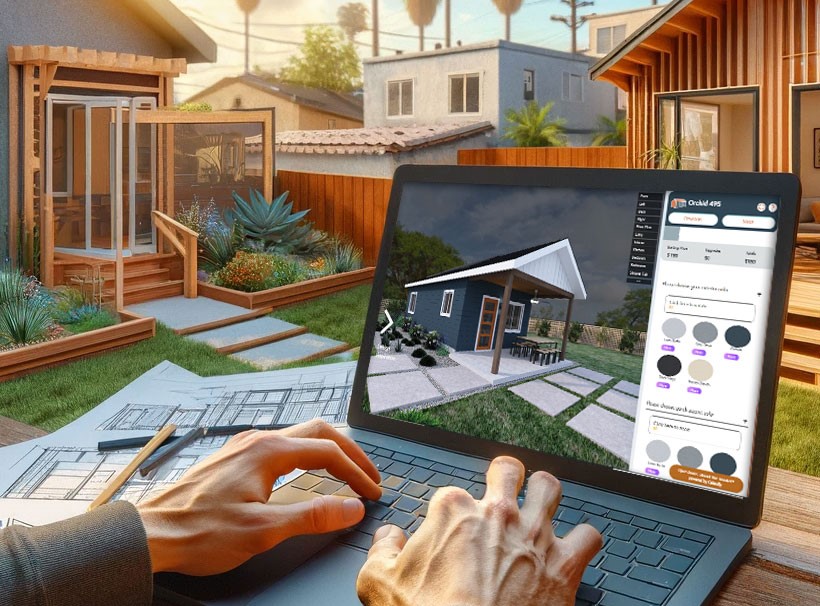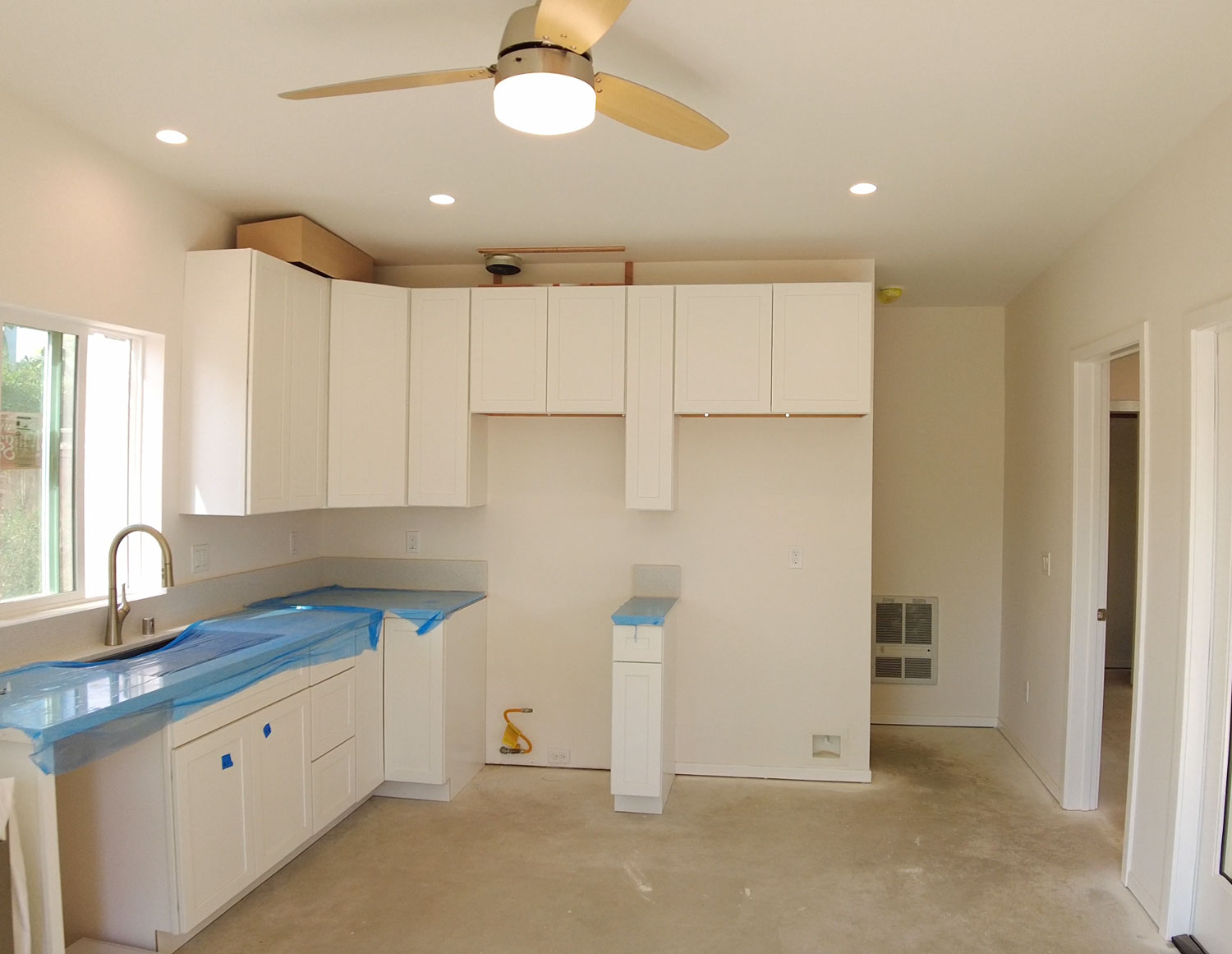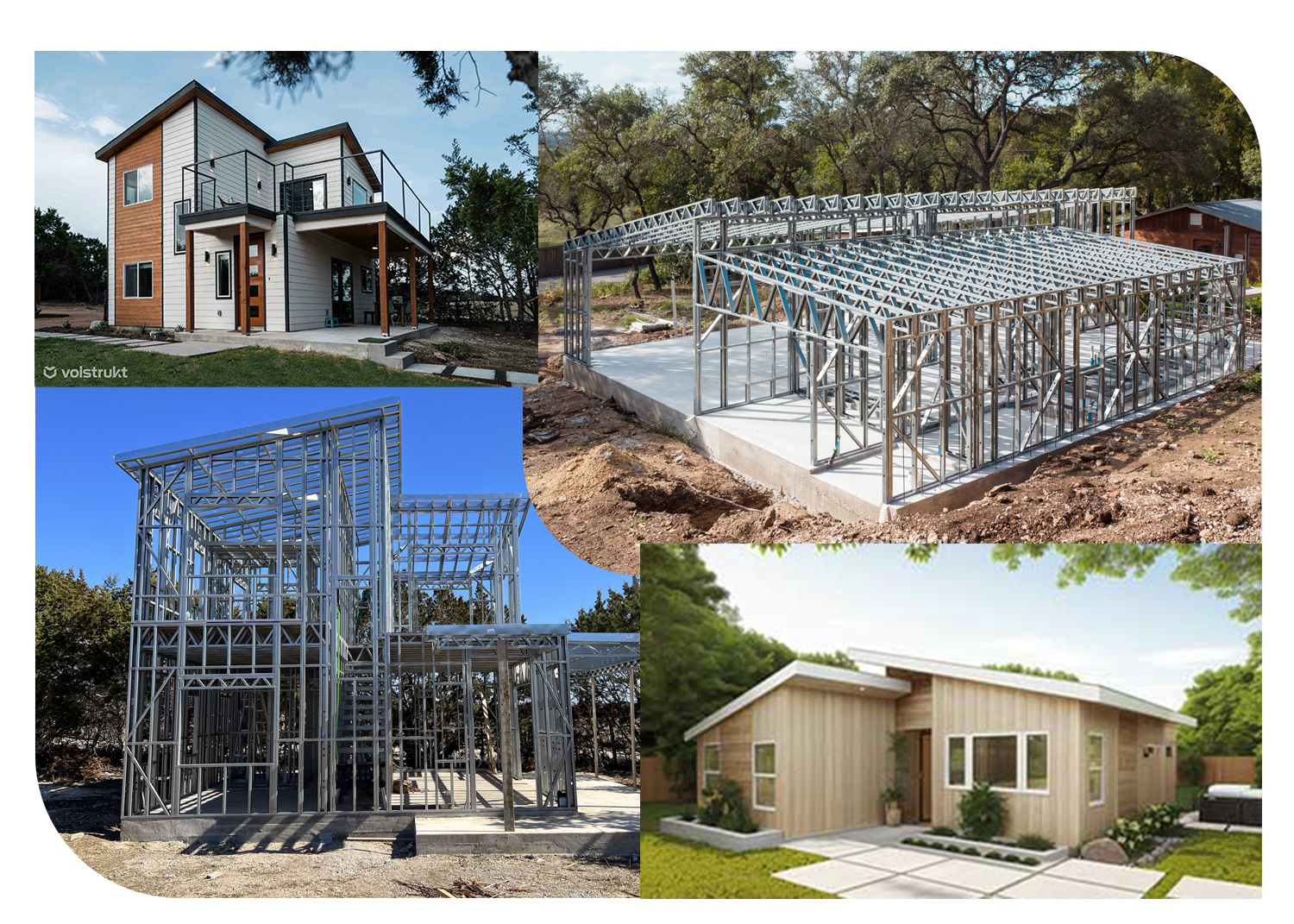In the quest to expand living spaces without sprawling footprints, Accessory Dwelling Units (ADUs) have emerged as a popular solution. These compact abodes, nestled in the backyards of larger homes or perched atop garages, offer a unique challenge to architects and designers: how to make a small space feel both expansive and inviting. Through innovative design strategies, such as multi-functional furniture, built-ins, and smart layout planning, professionals are transforming these tiny spaces into models of efficiency and comfort. This blog explores the creative solutions that are enhancing the functionality and livability of ADUs, providing practical insights for those looking to make the most of their compact living spaces.
Multi-Functional Furniture: The Key to Flexibility
In the realm of ADUs, space is a premium commodity. Multi-functional furniture stands as a cornerstone in the efficient use of limited square footage. Consider, for instance, a sofa that transforms into a bed, offering a cozy sitting area by day and a comfortable sleeping space by night. Or a dining table that can be expanded to accommodate guests, then folded away to free up space. These pieces not only serve dual purposes but also embody modern design, ensuring that style is never sacrificed for functionality.
Built-Ins: Custom Solutions for Seamless Living
Built-in features offer another layer of space optimization in ADUs. Custom shelving units that hug the contours of the walls, built-in desks that fold away, and benches that open up to reveal storage space are just a few examples. These elements are tailored to the specific dimensions and needs of the space, ensuring that every inch is used effectively. The seamless integration of built-ins enhances the aesthetic coherence of the interior, creating a fluid and uncluttered environment.

Smart Layout Planning: Designing with Purpose
The layout of an ADU is the foundation upon which its functionality rests. Architects and designers are employing ingenious planning strategies to delineate distinct areas within a single open space. For example, a raised platform can define a sleeping area in a studio ADU, providing separation without the need for walls. Strategic placement of rugs and furniture can also create visual cues that demarcate different functional zones, such as living, dining, and sleeping areas, fostering a sense of order and spaciousness.
Creative Design Solutions: Examples from the Field
Real-world examples of ADUs showcase the impact of these design strategies. In one case, a compact ADU in a bustling city utilizes a wall-mounted, fold-down desk that serves as a workspace during the day and folds away to accommodate social gatherings in the evening. Another example is an ADU with a ceiling-mounted retractable bed, which can be stored away to free up living space when not in use. These examples illustrate the transformative potential of thoughtful design in maximizing the usability and comfort of ADUs.
Challenges and Benefits: Navigating the Compact Design Landscape
While the benefits of these innovative design strategies are clear, they are not without their challenges. Custom solutions, such as built-ins and multi-functional furniture, can be more costly than standard options. Moreover, achieving the optimal layout requires careful planning and a deep understanding of the inhabitants' needs. However, the payoff is substantial. These design strategies not only enhance the livability of ADUs but also contribute to a more sustainable approach to urban development, reducing the need for larger footprints while still providing comfortable and stylish living spaces.
Conclusion: Embracing Innovation in Compact Living
ADUs represent a frontier of innovation in the design of compact living spaces. Through multi-functional furniture, built-in features, and smart layout planning, architects and designers are crafting ADUs that defy their limited square footage, offering spaces that are as functional as they are stylish. For individuals looking to maximize space in their ADUs, these design strategies offer practical solutions and inspiration. By embracing these innovative approaches, ADU residents can enjoy the comforts of a larger home within the confines of a smaller footprint, proving that when it comes to design, size is not the only measure of success.



